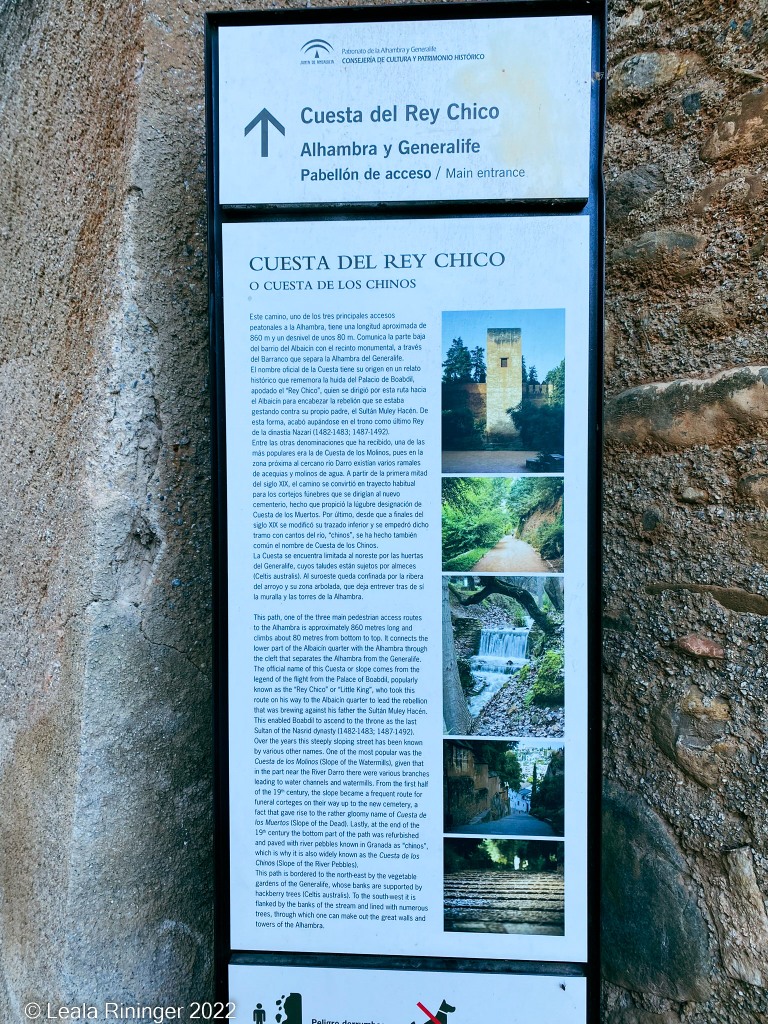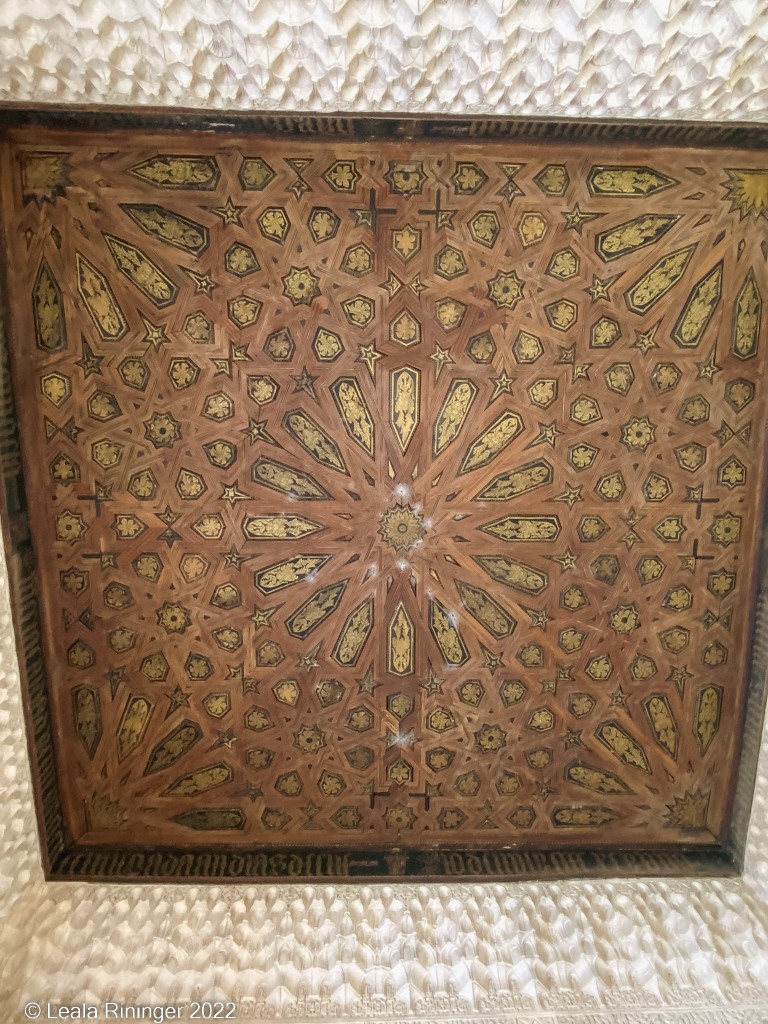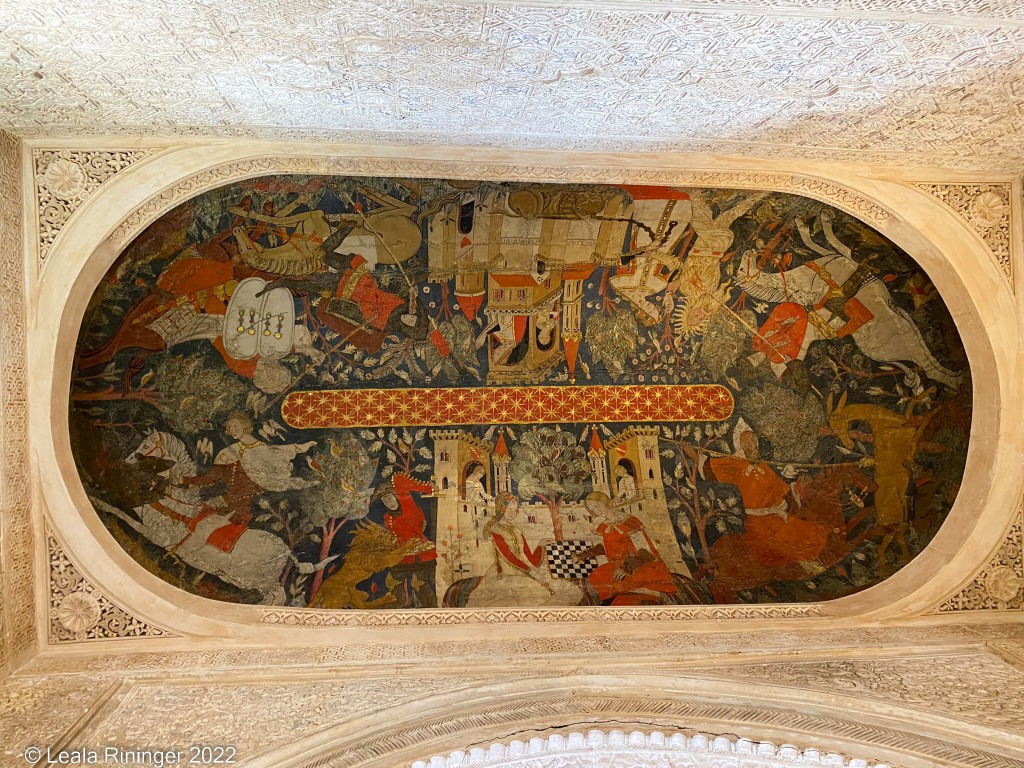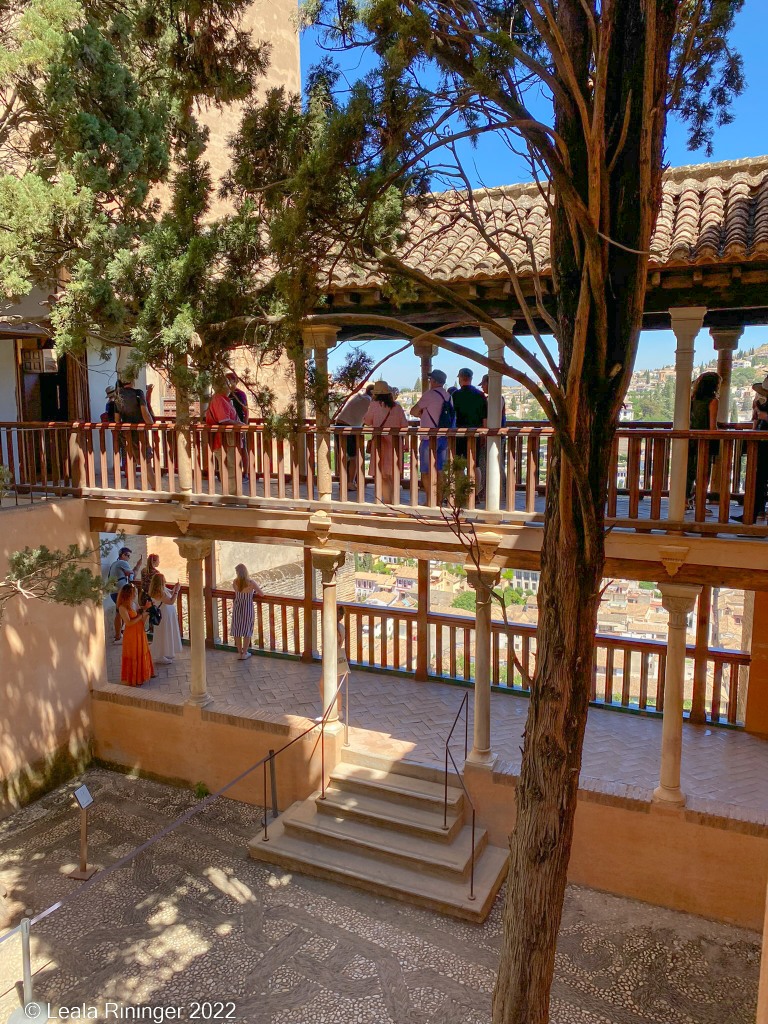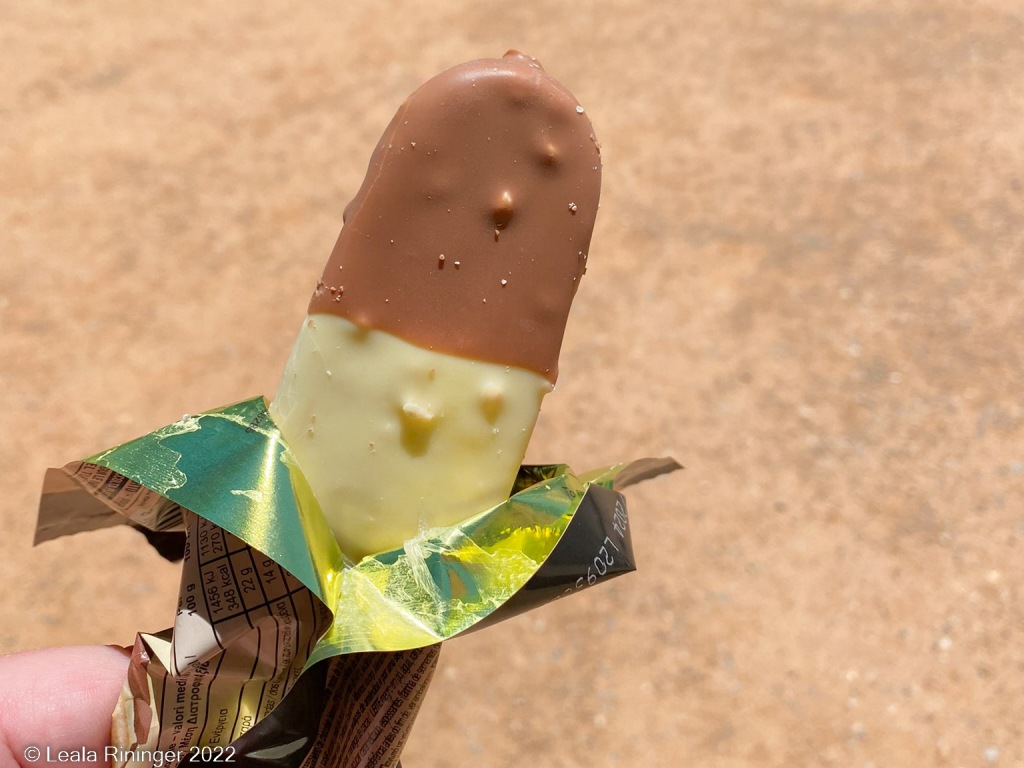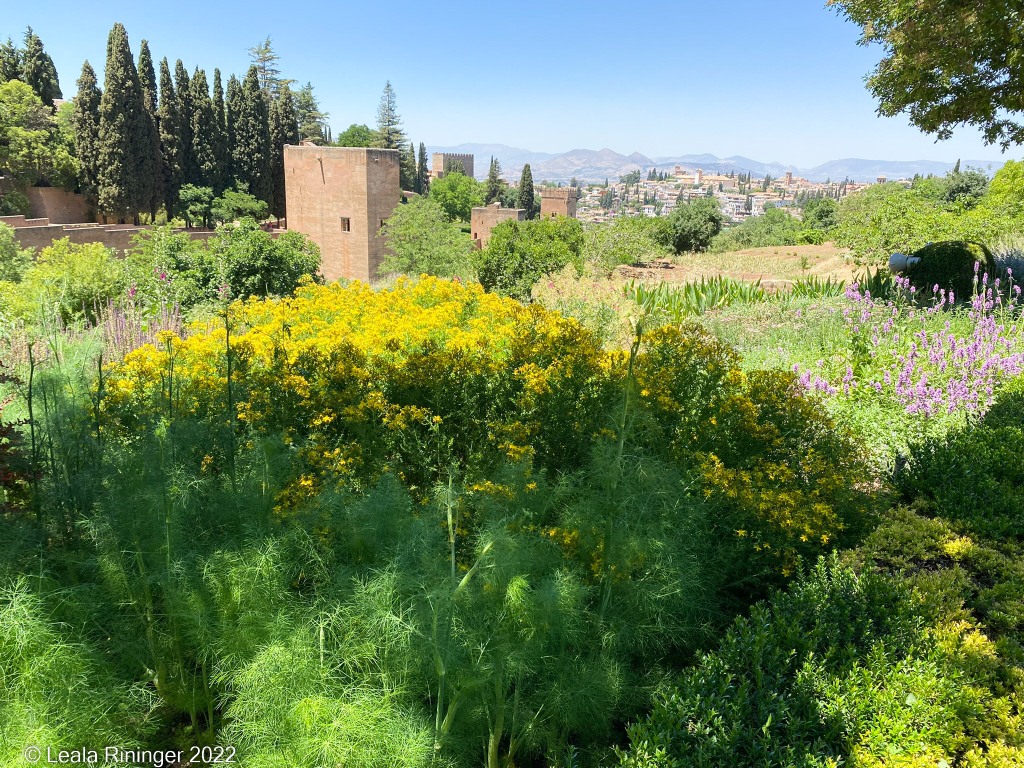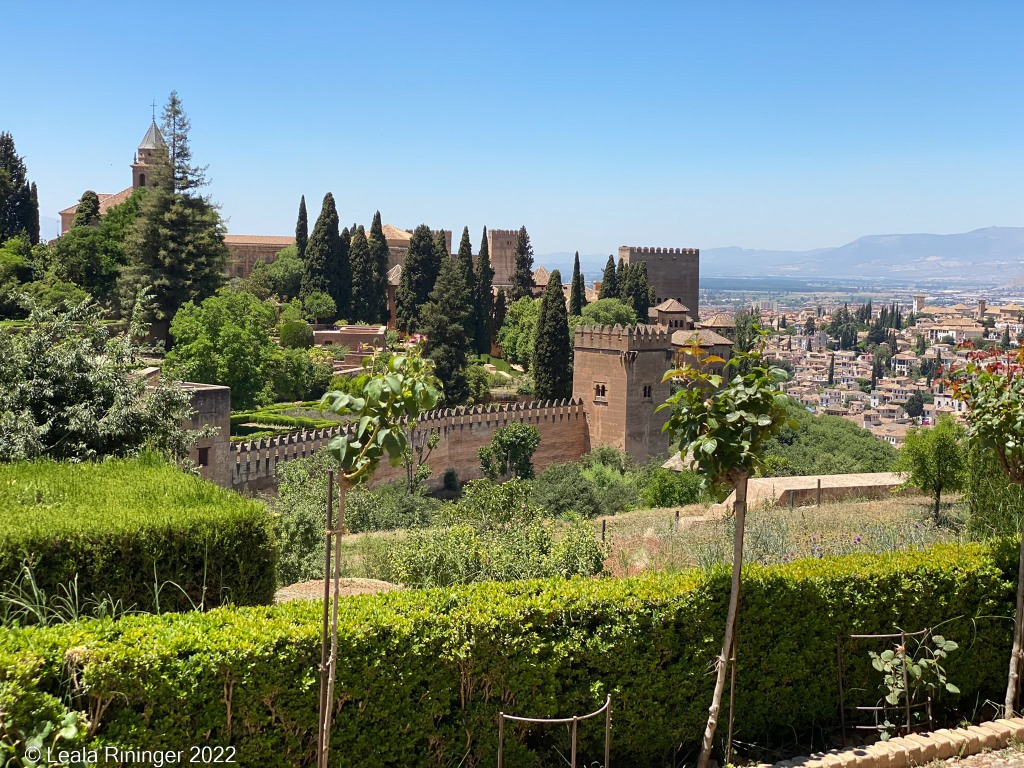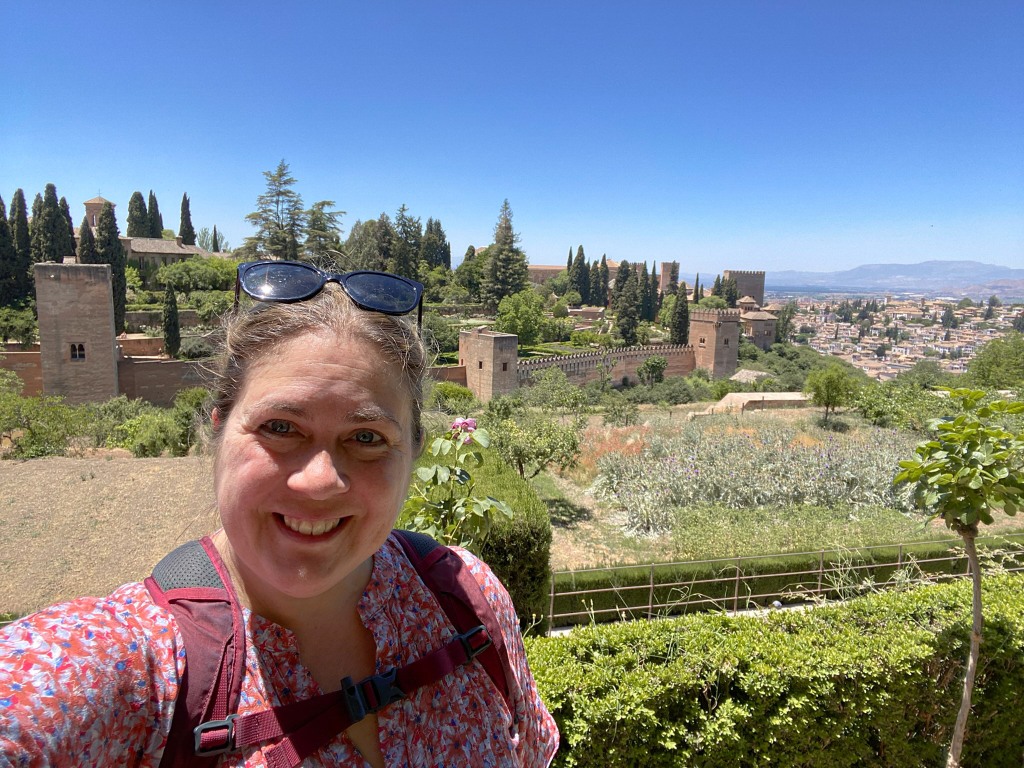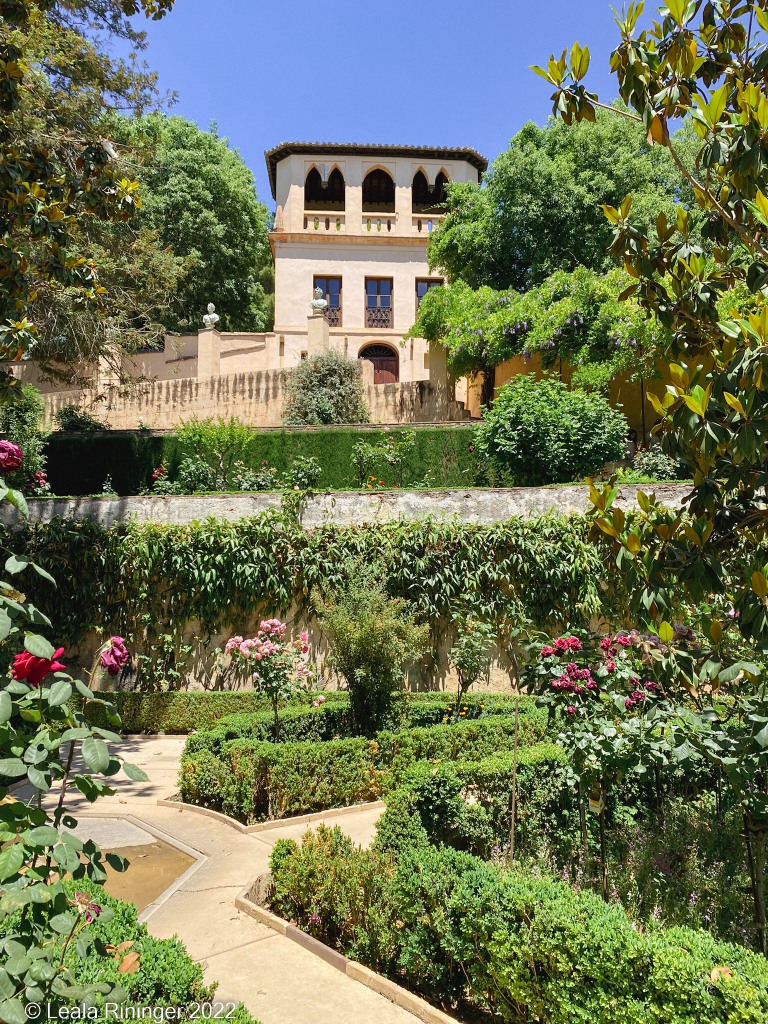
This morning I walk the streets of Albaicín (Granada) on my way to wander around Sacromonte. I was introduced to the neighborhood last night when I attended a zambra flamenco show. Today I am heading up to a cave museum (Museo Cuevas del Sacromonte) for a lesson on the history of this intriguing neighborhood.
I first read about these cave homes through a fictional book series. In each of the books the protagonist has an adventure in different cities throughout the world. In one book a woman visits the hillside cave town of Sacromonte in Granada. From then on I decided I needed to see these caves in person. A summarized version of the history is that they were inhabited by Gitanos, or what some people refer to as Roma gypsies- but the word gypsy is not really a good way to describe the group of people of this heritage because of all the negative meaning associated by its use. We know now that Romani or Roma people is probably a better way to describe this ethnic group that settled in this area in the 15th century. They brought with them their distinct culture that is reflected in this part of the city.
To get to the cave museum I turn down the street I visited last night for my zambra flamenco show – another distinct Sacromonte thing. The mostly white washed buildings are built into the hill. I climb up a couple of groups of stairs to eventually get to the museum at the top.










A few feet from the entrance there are some poems on the wall.



Granada is hot but the inside of the caves is a comfortable temperature. You see why they were used.





Some of the caves are decorated as they would have been used for living. Individual caves are also used as mini-museums of their own, for instance there is one where they talk about the history of flamenco and another where you learn about the plight of the Romani people in Spain; It is very hard to read how they were mistreated as a group over time. There are also caves that show different skills like weaving and pottery.












Outside of each cave there are plants with diagrams explaining their medicinal use.



I walk along the side of the hill of the museum and get a spectacular view of Granada. Along the hill sides you can see it is almost desert like with plants you typically see in dry and hot climates.






For only 5 euro I definitely felt like I got my money’s worth. I am glad to have marked this off my to-do list.
I walk back down into another part of Granada in search of an authentic tapas place. Again the streets are quiet. It is the warmest part of the day. Most people probably are indoors at this time.








When I get to the major business district of Granada I admire the shades installed along the shopping street – they are very much needed in hot Granada. I need to send a photo of these to urban planners in Florida (hint hint….might be a good idea).





I finally find an authentic tapas restaurant, La Sitarilla, and it serves free portions with each drink you order. I probably could have sat there for hours trying a good number of dishes; but I only try two today because the servings were a good size.








There are still more things I can do in town but I have already visited everything on my must see list. I head back to my hotel to chill there for the rest of the evening.
I finish my evening with the dessert I have been eyeing (Casa Ysla Pastelería) and finishing off the bottle of wine I bought a couple days ago. Tomorrow I fly north to begin another adventure there.
































